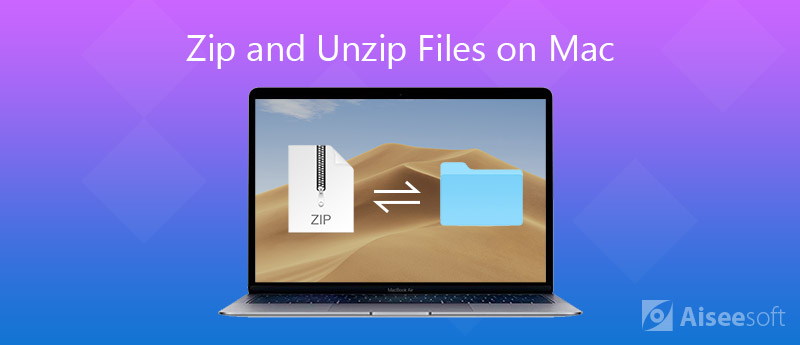

- #MAC UNZIP FILES WITHOUT FOLDER HOW TO#
- #MAC UNZIP FILES WITHOUT FOLDER FOR MAC OS#
- #MAC UNZIP FILES WITHOUT FOLDER ZIP FILE#
- #MAC UNZIP FILES WITHOUT FOLDER ARCHIVE#
#MAC UNZIP FILES WITHOUT FOLDER FOR MAC OS#
zip archives use Windows-style line terminators, you will need to pass the -a option to unzip in order to extract them with UNIX-style line terminators (also needed for Mac OS X).

Your operating system may already have a copy of the unzip program (or similar) otherwise it may be downloaded from the Info-ZIP website. zip files on a non-Windows platform, this is possible. If, for some reason, you wish to unpack the. Refer to the documentation provided with whichever program you choose for further instructions.
#MAC UNZIP FILES WITHOUT FOLDER ZIP FILE#
zip files, you will need to download a zip file extractor such as JustZIPIt or the Info-ZIP tools. If using a version of Windows without inbuilt support for.
:max_bytes(150000):strip_icc()/001-how-to-zip-and-unzip-files-and-folders-on-a-mac-2260188-8195f438e978439c9800dddb52df32d3.jpg)
To extract the files within, right click on the file and select the “Extract All” option. zip file should look like a normal folder icon with a zipper on it.
#MAC UNZIP FILES WITHOUT FOLDER HOW TO#
Most modern Windows environments already know how to unpack. If you also wish to see a list of the files as they are extracted, instead use the command tar xopft foo.tar Unpacking. tar file, say foo.tar, use the following command: tar xopf foo.tar The newly extracted files will be created in the current directory. tar filesįirst, ensure that you have a shell running and cd to the same directory as the downloaded file. To extract some files or folders in the archive, select them in the File list and click Extract Selected. If you also wish to see a list of the files as they are extracted, instead use the command gunzip -c | tar xopft - Unpacking. tar.gz file, say, use the following command: gunzip -c | tar xopf - The newly extracted files will be created in the current directory. tar.gz filesįirst, ensure that you have a shell running and cd to the same directory as the downloaded file. If you would rather follow the UNIX-style instructions below you can use the Terminal command-line application, which can be found in your Utilities folder. All Macs running Apple’s OS X operating system come with a utility that you can use to unzip zip files. (Note that it may be necessary to unpack some files twice.) You can also open a zip file with your Mac. zip file automatically when you double-click on its icon.
#MAC UNZIP FILES WITHOUT FOLDER ARCHIVE#
Navigate to Archive Utility > Preferences.Mac OS X will unpack a.

You can locate the application manually, but it resides deep in /System/Library/CoreServices/Applications. To access Archive Utility’s preferences, follow these steps:ĭo a Spotlight search for Archive Utility and launch the app. Settings are sparse, but you’re able to alter Finder’s behavior and choose what happens to archived and extracted files. You can also use Archive utility to compress files when needed.Īdditionally, you can change the way Archive Utility behaves by accessing the app’s preferences. A folder with the extracted content will appear in the same location as the original file, if you haven't altered the default preferences. This method may be simple, but it does get results. The simplest way to extract content from a ZIP file in macOS is by using the built-in extraction tool. Open ZIP Files on a Mac Using the Built-In Archive Utility Let’s discuss several methods you can use to open ZIP files on a Mac. While macOS’s built-in extraction tool does the job, you can’t open a ZIP file without extracting all of its contents, which isn’t ideal in some situations. However, sometimes the standard methods don’t offer all the fancy features you need. Most modern operating systems come with their own extraction tools for compressed files. When it comes to opening ZIP files on a Mac, you have several viable options.


 0 kommentar(er)
0 kommentar(er)
